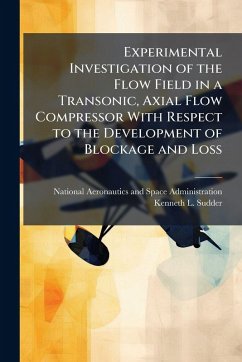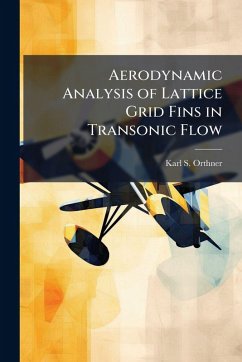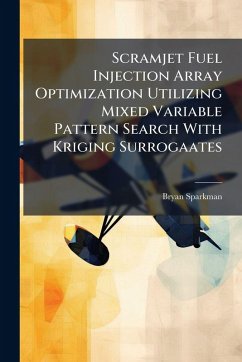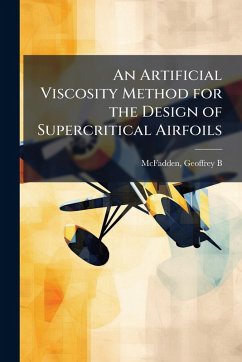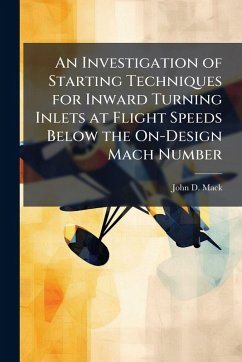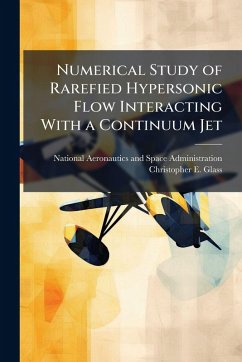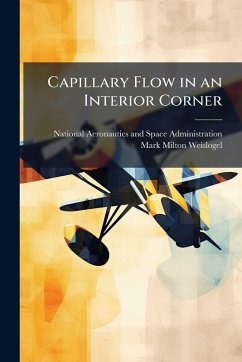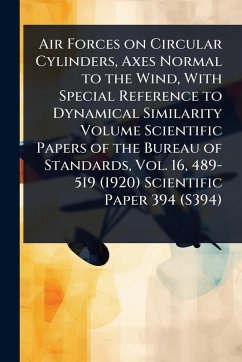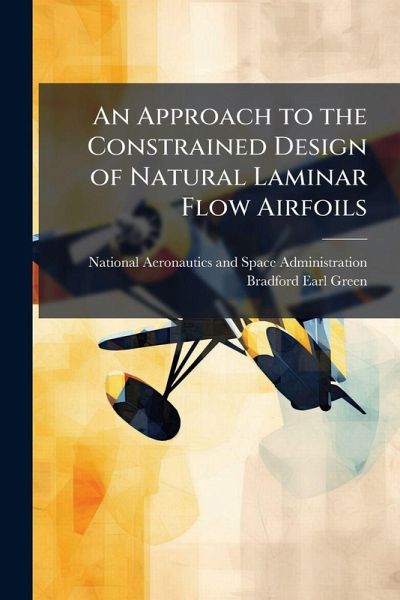
An Approach to the Constrained Design of Natural Laminar Flow Airfoils
Versandkostenfrei!
Versandfertig in über 4 Wochen
17,99 €
inkl. MwSt.
Weitere Ausgaben:

PAYBACK Punkte
9 °P sammeln!
A design method has been developed by which an airfoil with a substantial amount of natural laminar flow can be designed, while maintaining other aerodynamic and geometric constraints. After obtaining the initial airfoil's pressure distribution at the design lift coefficient using an Euler solver coupled with an integml turbulent boundary layer method, the calculations from a laminar boundary layer solver are used by a stability analysis code to obtain estimates of the transition location (using N-Factors) for the starting airfoil. A new design method then calculates a target pressure distribu...
A design method has been developed by which an airfoil with a substantial amount of natural laminar flow can be designed, while maintaining other aerodynamic and geometric constraints. After obtaining the initial airfoil's pressure distribution at the design lift coefficient using an Euler solver coupled with an integml turbulent boundary layer method, the calculations from a laminar boundary layer solver are used by a stability analysis code to obtain estimates of the transition location (using N-Factors) for the starting airfoil. A new design method then calculates a target pressure distribution that will increase the larninar flow toward the desired amounl An airfoil design method is then iteratively used to design an airfoil that possesses that target pressure distribution. The new airfoil's boundary layer stability characteristics are determined, and this iterative process continues until an airfoil is designed that meets the laminar flow requirement and as many of the other constraints as possible. This work has been selected by scholars as being culturally important, and is part of the knowledge base of civilization as we know it. This work was reproduced from the original artifact, and remains as true to the original work as possible. Therefore, you will see the original copyright references, library stamps (as most of these works have been housed in our most important libraries around the world), and other notations in the work. This work is in the public domain in the United States of America, and possibly other nations. Within the United States, you may freely copy and distribute this work, as no entity (individual or corporate) has a copyright on the body of the work. As a reproduction of a historical artifact, this work may contain missing or blurred pages, poor pictures, errant marks, etc. Scholars believe, and we concur, that this work is important enough to be preserved, reproduced, and made generally available to the public. We appreciate your support of the preservation process, and thank you for being an important part of keeping this knowledge alive and relevant.



